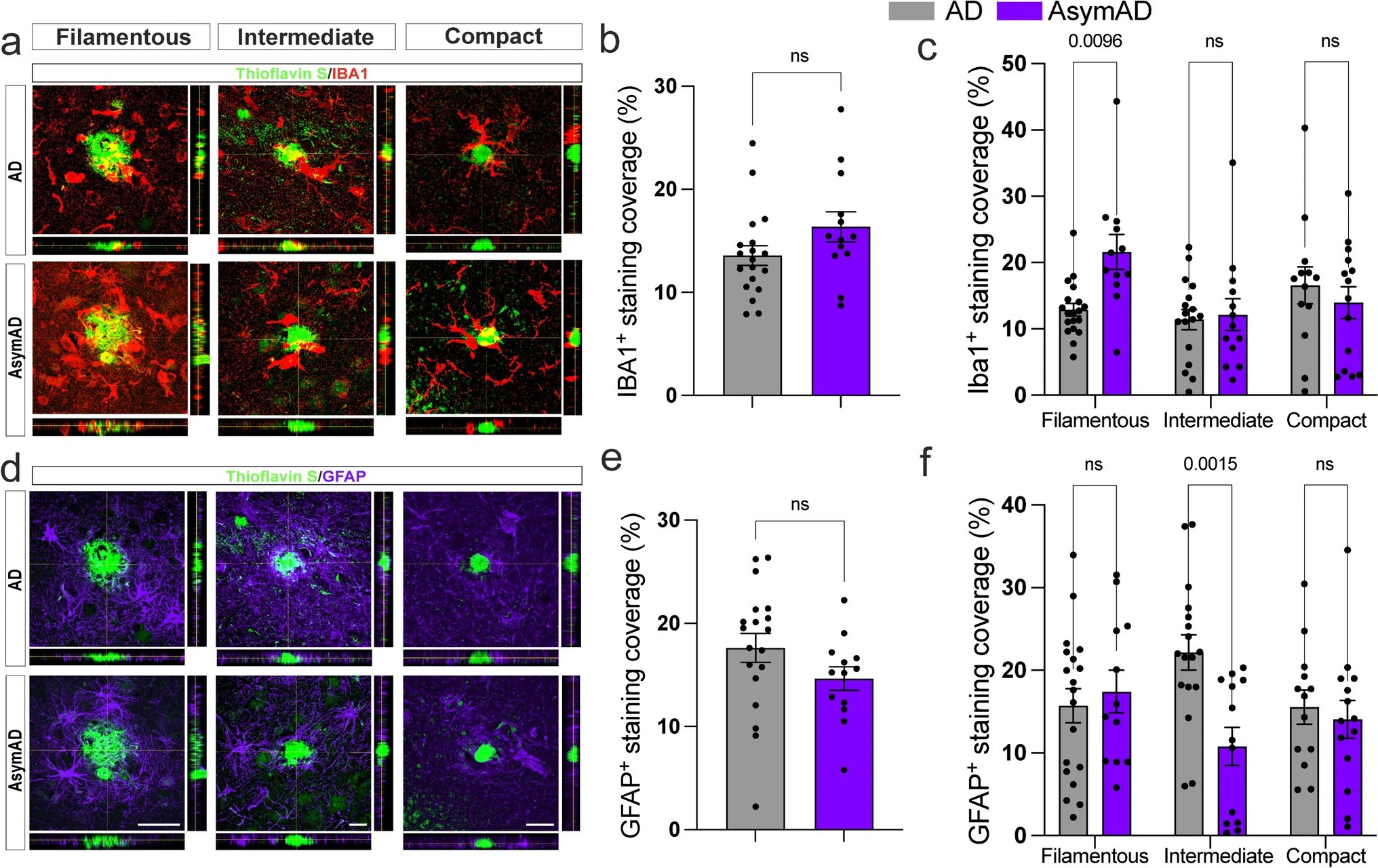Each year, about 2.5 million people suffer from traumatic brain injuries (TBI), which often increases their risk for developing Alzheimer’s disease later in life.
Researchers led by The Ohio State University Wexner Medical Center and College of Medicine used mouse models and human post-mortem brain tissue to study the molecular underpinnings that may increase the risk of Alzheimer’s after TBI.
“Because of the prevalence of both TBI and Alzheimer’s in humans, understanding the molecular mechanism that underlies the transition from TBI to Alzheimer’s is vital to developing future therapies that reduce this risk,” said study senior author Hongjun “Harry” Fu, PhD, assistant professor of neuroscience at Ohio State.
Study findings are published online in the journal Acta Neuropathologica.
Researchers found that TBI increases hyperphosphorylated tau, astro- and microgliosis, synaptic dysfunction and cognitive impairments linked to developing Alzheimer’s disease. Furthermore, they found that downregulation of BAG3, a protein involved in protein clearance through the autophagy-lysosome pathway, contributes to the accumulation of hyperphosphorylated tau in neurons and oligodendrocytes after TBI in the mouse models and human post-mortem brain tissue with the history of TBI.
Using an AAV-based approach of overexpressing BAG3 in neurons, they found that BAG3 overexpression ameliorates tau hyperphosphorylation, synaptic dysfunction, and cognitive deficits, likely through the enhancement of the autophagy-lysosome pathway.
“Based on our findings, we believe that targeting neuronal BAG3 may be a therapeutic strategy for preventing or reducing Alzheimer’s disease-like pathology,” said study first author Nicholas Sweeney, an Ohio State neuroscience research assistant.
This work builds on their earlier research that had identified BAG3 as a hub gene controlling tau homeostasis from non-diseased human post-mortem tissue. Hence, BAG3 may be a contributing factor to the cellular and regional vulnerability to tau pathology in AD, said co-first author Tae Yeon Kim, a PhD student of Ohio State’s Biomedical Sciences Graduate Program.
“Since previous research using human tissue and mouse models shows that tau pathology increases after TBI, we wondered if BAG3 may be a contributing factor to tau accumulation after TBI,” Fu said. “Indeed, we found that BAG3 dysfunction contributes to disruption of protein clearance mechanisms that results in tau accumulation in mouse models and in human post-mortem tissue with TBI and Alzheimer’s.”
Future research will try to validate the relationship between TBI, BAG3, tau pathology, gliosis and neurodegeneration using a new model of TBI. Known as the Closed Head Induced Model of Engineered Rotational Acceleration (CHIMERA), this model mimics most common mild TBI conditions in humans, Fu said.
“Completion of future studies will allow us to further understand how TBI and Alzheimer’s are biologically linked and develop novel therapies that can reduce the risk of developing Alzheimer’s after TBI,” Fu said.
The research team included scientists from Ohio State, Arizona, New York, West Virginia and Japan.
This work was supported by the Department of Defense, the National Institute on Aging of the National Institutes of Health, the Neurological Research Institute seed grant from The Ohio State University, and the Summer Undergraduate Research Fellowship from The Ohio State University Chronic Brain Injury Discovery Theme.
The authors disclose no conflicts of interest.

